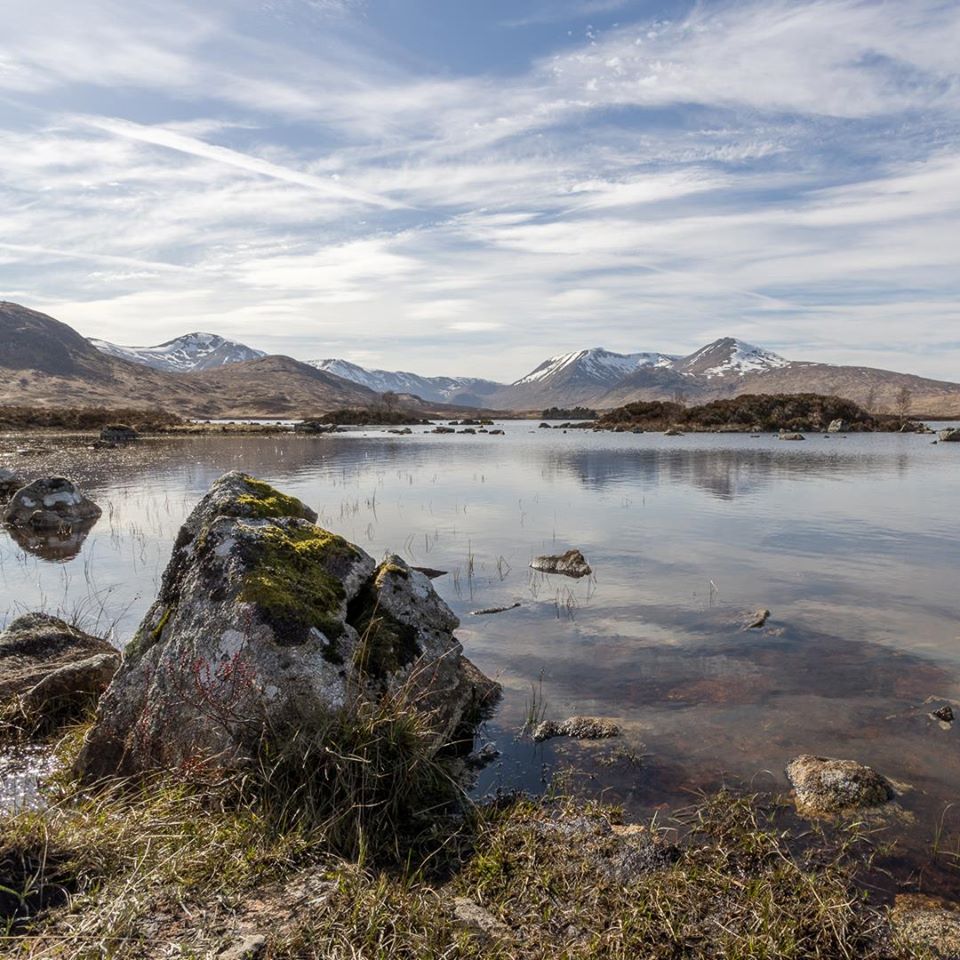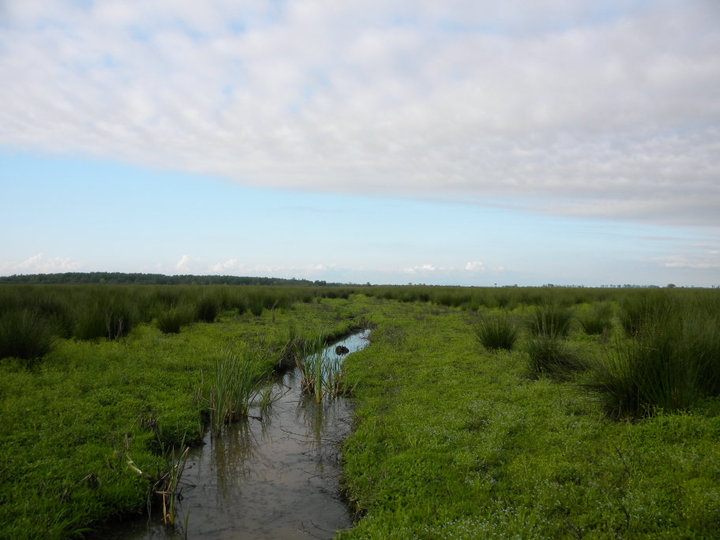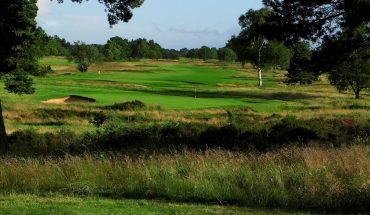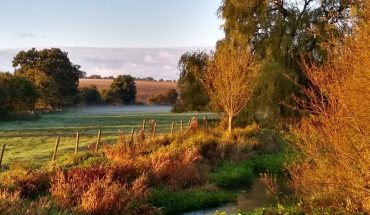With its high rainfall and rugged, glaciated landscape, Scotland is rich in freshwater and wetland habitats. Clean water is an essential resource for people but is also vital to our wild plants and animals; and our wetland vegetation helps to maintain that water quality.
From tiny mountain burns to the mighty Tay; from small ponds to the deep and mysterious Loch Ness; from isolated lowland bogs to the vast Insh Marshes, Scotland’s wet places support many important habitats and species.
Freshwater lochs
There are more than 30,000 freshwater lochs in Scotland. There are many small lochs and lochans in Scotland, especially in the western and northern Highlands. Many lochans and pools have formed in peaty areas. Small lochs are also found in corries and in moraines, such as lochs in kettle holes, whereas many of the larger lochs are found in u-shaped valleys. Formation of these loch basins is attributable to glaciation, which shaped the Scottish landscape.

The five largest lochs in Scotland, Awe, Lomond, Morar, Ness and Shiel, hold about a third of all the water held in lochs in Scotland. Although Loch Lomond has the largest surface area (71 km2) and Loch Morar the greatest depth (310 m), the largest loch by volume is Loch Ness, which contains more water than all the lakes in England and Wales together (7,452 million m3).
What is special about Scotland’s freshwater lochs?
The types of flora and fauna inhabiting Scotland’s lochs depend on the physical dimensions of the basins, but also on the chemistry of the water and sediments of the loch, and the soils and geology of the catchment area. Conditions range from soft, relatively acidic waters with low levels of nutrients, to hard, more alkaline waters with higher nutrient concentrations. Lochs with soft water and low nutrient concentrations tend to be found in the north-west and in upland areas, whereas lochs with higher levels of nutrients are often found in lowland areas to the south and east, where more fertile deposits and shallow basins tend to be found.
A special group of lochs, of which Scotland has many, are those which are stained yellow or brown with substances that come from peaty soils. These dystrophic water bodies, also known as dubh lochans, are generally small and shallow. Light penetration is poor due to the colour of the water and commonly, the water is acidic. Nutrient levels are generally low, but may also be higher than expected, given that these water bodies are generally situated in areas of e.g. raised or blanket bogs, and peaty soil types. In addition, although they are normally associated with lowland areas, these lochs have been recorded up to an altitude of 928m.
Areas of Scotland of particular interest for their lochs include the Western and Northern Isles and Durness. The Western and Northern Isles have a wide range of loch types within a relatively small area. Shetland has particularly complex geology, as well as areas of peaty or sandy substrates. The Western Isles also have sandy and peaty substrates, but are unusual in having machair. In island groups, the chemistry of lochs is also influenced by salts which are blown in from the sea, by the wind. This results in lochs being more fertile than would normally be expected. A similar effect occurs in lochs situated close to the sea in mainland Scotland.
On the Durness limestone, there are marl lakes, with very clear, hard water and low levels of nutrients. The lochs support a diverse and extensive flora including several native pondweeds and a number of charophytes. Loch Borralie may be the deepest marl lake in the UK and is the only one which supports Arctic charr. This is not a common type of lake in Scotland and these lochs are the most northerly examples of the type in the UK.
Threats to Scotland’s lochs
The most common threat to the flora and fauna in Scotland’s lochs is that of pollution with nutrients. This may result in changes in the species present, increased growth of algae and ultimately in a turbid water body with no submerged plants and persistent algal blooms, which is of little value for recreation or conservation.
Another particular threat to the ecology of Scotland’s lochs is that of invasive non-native species such as New Zealand pygmyweed and water fern, but Canadian pondweed and Nuttall’s pondweed also remain a problem, particularly in lochs supporting some of Scotland’s rarest and most protected species.
Lowland wetlands
Lowland wetlands range from small damp hollows to the extensive floodplain marshes at Insh, near Aviemore. As well as providing home for a wide range of birds, insects and plants, wetlands also provide us all with clean water, help to moderate floods and add a special dimension to the Scottish scenery. In addition, wetlands store large amounts of carbon and provide water during droughts to maintain river flows.
Lowland wetlands fall into two broad types: those that receive water from the soil, rock and rainfall, such as fens, marshes and swamps, and those that receive all their water from rainfall (raised bogs). The amount and different sources of water make lowland wetlands very variable and fascinating places to see wildlife, from mosses and liverworts to wetland birds and otters. Why not visit some of our wetland National Nature Reserves such as Flanders Moss, Blawhorn Moss , Muir of Dinnet, Whitlaw Mosses or Kirkconnel Flow?

Fens, marshes, swamps and reedbeds
Fens occur across Scotland and can be tiny, only covering a few square metres, whilst others may be many hundreds of hectares in extent. Fens are often very species-rich and contain a wide range of sedges, rushes and other wetland plants.
Marshes are distinguished by areas of rushes and tall grasses on ground where the water table is close to the surface, and sometimes over the surface. Often marshes occur on floodplains, and traditionally they were grazed when the water levels were low.

Swamps occur where there is standing water all the year round. The plants growing in swamps are often very lush, often with one species dominating an area.Reed beds are a distinctive type of swamp comprising dense stands of common reed that can tower up 4 metres. Reed beds
are important for birds like bearded tits and bittern and have a useful function of mopping up nutrients from water.
Lowland Raised Bog
Lowland raised bogs are a very special type of wetland that receive all their water from rainfall, snow and mist. These bogs started to form up to 8000 years ago in shallow depressions, where poor drainage stopped the vegetation rotting and instead formed peat. The peat is formed mainly from a moss called sphagnum, which has the amazing property of holding twenty times its dry weight of water. This ability to act like a sponge helps reduce the amount of water flooding down our burns at peak flows.
The peat formed from the decaying sphagnum builds up at a rate of just 1mm each year, slowly making the bog rise above the surrounding land. The peat has built up to such an extent, that on some raised bogs the peat is 11 metres deep. The peat at the bottom of the bog gives a unique insight into the climatic conditions found in that area several thousand years ago. On the surface of the bog, the very acid conditions encourage plants like cranberry and the insect-eating sundew to grow, whilst colourful dragonflies and damselflies breed in shallow pools.
In the north and west of Scotland and at higher altitudes blanket bog forms in a similar way.
Ponds
Although ponds are often thought of as man-made, they may also occur naturally. Types of man-made pond include garden ponds, curling ponds, distillery ponds, mill ponds, peat cutting ponds, marl or gravel extraction ponds. Regardless of whether they are natural or man-made, ponds are important habitats. Small as they are, they may support a diversity of life, and are particularly good habitats for amphibians, such as frogs, toads and newts, and invertebrates, such as dragonflies, snails and water beetles. They are also known to support rare species such as the curious aquatic fern pillwort Pilularia aquatica.
How many ponds?
The Countryside Survey 2007 estimated that Scotland has 198,000 ponds. Lochs may be described as having a surface area of 1 ha or more, whilst ponds may be thought of as water bodies of up to 2 ha in size, so the definition of a pond overlaps with that of, for example, lochans or dystrophic pools. Ponds may be isolated, or may occur as parts of pond complexes, or form important parts of wetland systems.
Ponds may be lost through deliberate infilling, or through natural processes. They may also suffer from pollution. Many ponds were lost or degraded during the 20th Century, but 6% increase in pond numbers occurred between 1998 and 2007, with a considerable number of new ponds being noted in lowland areas. This is good news, but it is hoped that still more high quality ponds will be created, to continue to replace those which have been lost.
How you can help
“The Million Ponds Project” has been set up to encourage creation of new ponds. Information about this is available from Pond Conservation. There is also information on pond creation in the booklet, “Ponds, Pools and Lochans” available from SEPA’s internet site.
Running Waters
Scotland has a huge resource of running waters, from torrential mountain burns to meandering lowland rivers. These support an impressive wealth of aquatic and marginal habitats and species. As well as providing key services for people, such as water supplies and recreation, running waters also serve vital roles for biodiversity, providing water to our freshwater lochs, estuaries and wetland habitats, and acting as wildlife corridors through Scotland’s rural and urban landscapes.
What are running waters?
The term ‘running waters’ includes any surface water that flows, from tiny mountain trickles to the mighty Tay, which has the highest mean flow of any watercourse in Britain. Factors such as geology, soils and climate have a major influence on the form, substrate, water quality and flow of running waters, as described in the Scottish Rivers section. The diverse permutations of these that occur in Scotland result in a rich mosaic of habitat types varying both within and between watercourses. With aquatic and riparian (bank-side) vegetation adding further diversity, habitat is available for a wide range of associated wildlife including mammals such as water voles and otters , birds such as dippers, numerous invertebrates, and freshwater fish.
From the hills to the sea
In mountainous or upland areas, running waters are typically steep with a bed of rock, boulders and cobbles, and with rather sparse plant growth, notably of mosses and liverworts. With fluctuating flows due to heavy precipitation or snow-melt, the habitat supported by such headwaters is constantly changing. The flora and fauna tends to be dominated by a relatively small number of species adapted to unstable environments, such as stoneflies and other riverflies.
At lower altitudes, shallower channel gradients and more reliable flow result in more stable habitats and a greater abundance and diversity of aquatic species that requires less dynamic environments, such as the freshwater pearl mussel. Deposits of riverine shingle and sand support a varied flora and fauna including rare insects and spiders. Increasing amounts of riparian vegetation create subtle changes in flow and energy, as for example where erosion occurs round the roots of bank-side trees. The resulting accumulations of fine sediment support species such as lampreys.
Nutrient levels typically increase with increasing distance downstream, and the lower and more sluggish-flowing reaches of watercourses support a higher abundance of aquatic plants with species such as water-crowfoots, water-starworts and alternate water-milfoil. These provide seasonal cover for fish, and marginal habitat to support the adult phase of insects such as damselflies, whose larval stage is wholly aquatic.
Why are our running waters important?
Scotland holds two thirds of Britain’s river systems, supporting economically important species such as Atlantic salmon and globally rare species such as freshwater pearl mussel. Migratory fish such as salmon and sea trout rely upon the presence of different habitats along the length of watercourses to support their various life stages. The lifecycle of the freshwater pearl mussel is inextricably linked to that of salmonids, and so it too is indirectly dependent upon the availability of a diverse range of habitats. It is this habitat diversity and the species which it supports that makes Scotland’s running waters so important both nationally and internationally.




